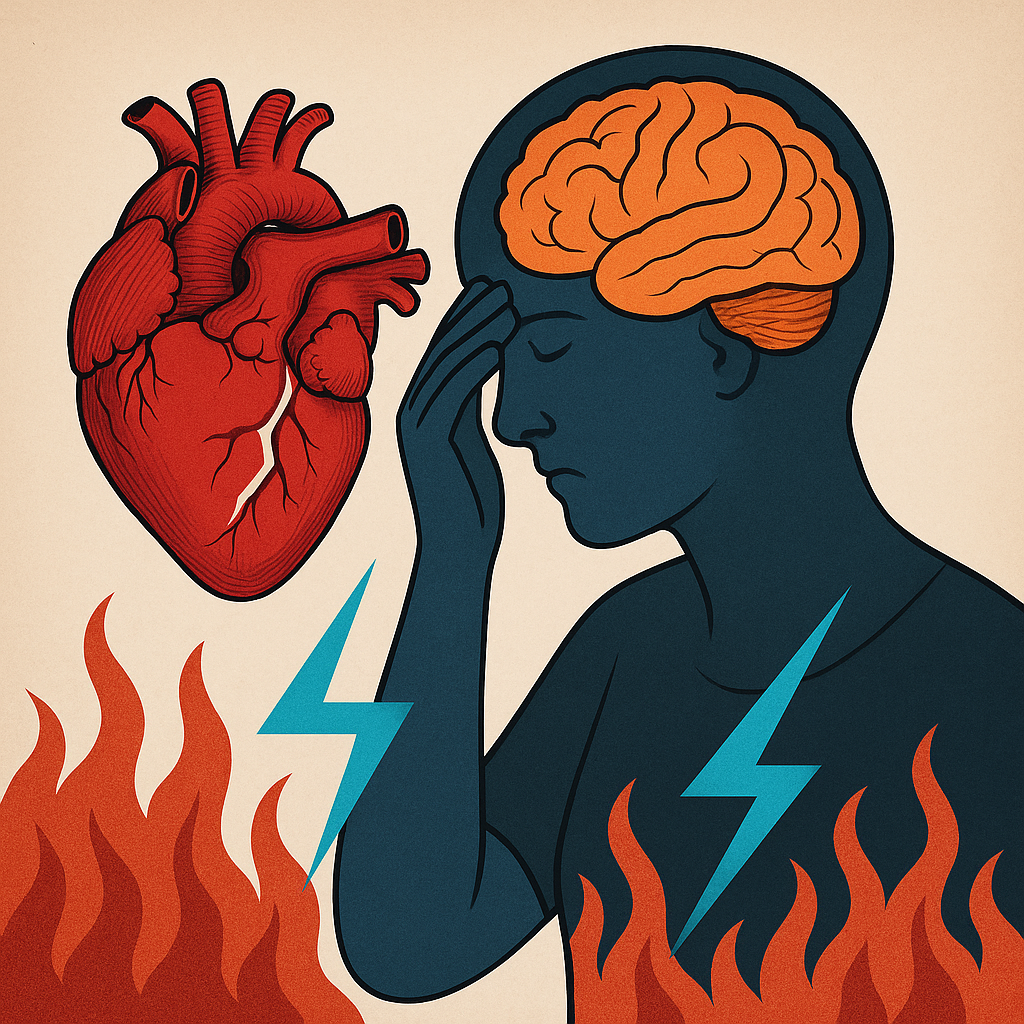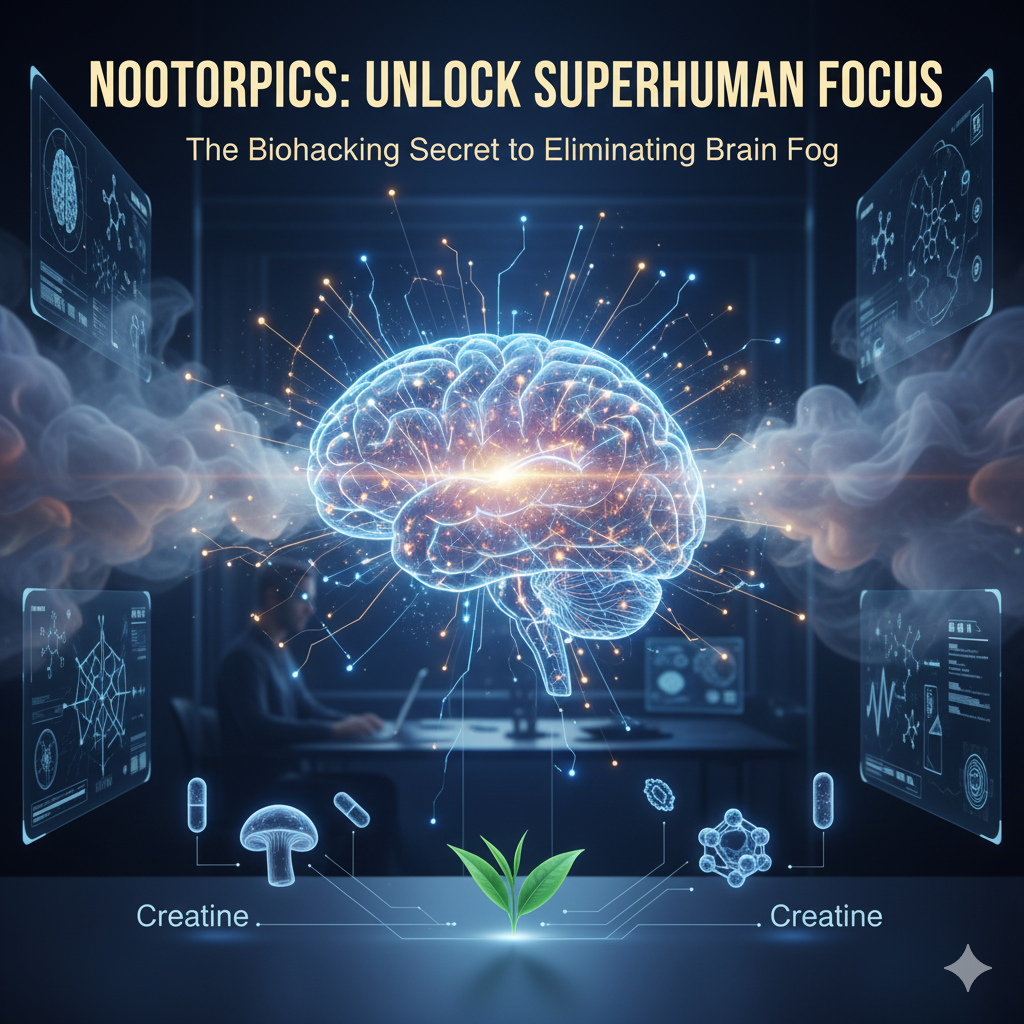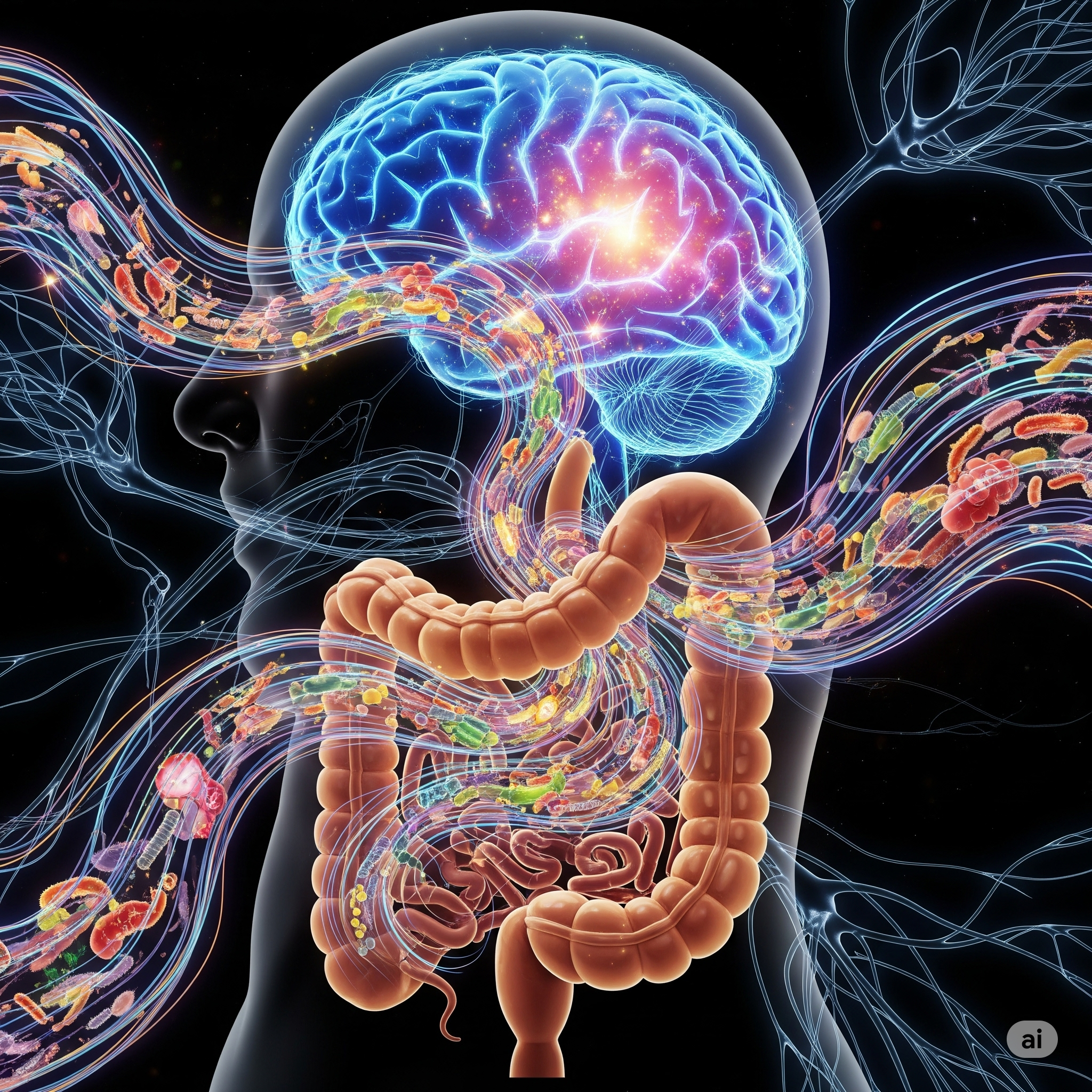Introduction: What Is Pain, Really?
Pain is one of the most familiar human experiences—and yet, one of the hardest to explain. We all know what it feels like, but try describing it to someone who has never felt it. Is it sharp? Dull? Burning? Crushing? And beyond the sensation itself, we ask a deeper question: Is pain something real that happens to us, or something we create within ourselves?
In medicine, pain is often treated as a symptom—something to be measured, managed, and eliminated. But in philosophy and neuroscience, pain is much more than just a signal from damaged tissue. It’s a complex experience that bridges biology, emotion, culture, and consciousness.
Some people feel excruciating pain without any physical injury. Others suffer silently from invisible conditions that science still struggles to define. And then there are phantom limbs—sensations of pain in a body part that no longer exists. These paradoxes force us to reconsider everything we thought we knew about the nature of suffering.
In this article, we’ll explore pain not just as a biological event, but as a philosophical mystery—a phenomenon that lies at the intersection of neuroscience, phenomenology, and ethics. By the end, you might see pain not just as a problem to solve, but as a window into what it means to be human.
1. The Biology of Pain: Signals and Interpretations
Pain begins in the body—but doesn’t end there.
When you touch something hot or injure yourself, specialized nerve endings called nociceptors detect potential harm. They send electrical signals through your spinal cord to the brain, where the message is interpreted as pain. In this sense, pain seems like a straightforward warning system—a biological alarm that helps us avoid danger.
But here’s the twist: the intensity of the injury doesn’t always match the intensity of the pain. Two people with the same wound can report wildly different levels of discomfort. Sometimes, people feel intense pain from things that cause no tissue damage at all. And in rare cases, individuals with serious injuries feel no pain whatsoever—a rare condition known as congenital insensitivity to pain.
This tells us something crucial: Pain is not simply a signal. It is an experience—shaped not only by what happens in the body, but also by what happens in the brain.
The brain doesn’t passively receive pain signals—it actively constructs them. Factors such as attention, mood, past trauma, and even beliefs can amplify or reduce what we feel. That’s why chronic pain can persist long after an injury has healed. In many cases, the nervous system becomes hypersensitive, sending out pain signals without a clear source—like a fire alarm that won’t stop ringing, even though the fire is long gone.
So while pain has a biological basis, its reality is filtered through perception, memory, and meaning. Which brings us to one of the most puzzling examples of all: pain that occurs without a body.
2. The Mind’s Role: Phantom Limbs and Psychogenic Pain
What if you could feel pain in a body part that no longer exists?This is exactly what happens in phantom limb syndrome. After an amputation, many people continue to feel sensations—including pain—in the missing limb. These sensations can be so vivid that patients instinctively try to scratch an itch on an arm that’s no longer there.But how is this possible?The answer lies in the brain’s body map—a network of neurons in the somatosensory cortex that represents each part of the body. When a limb is removed, the corresponding area in the brain doesn’t just disappear. Instead, it begins to misfire or reorganize, leading to confusing sensations. The body may be gone, but the representation remains.This shows that pain is not tied to the presence of tissue, but to the neural model of the body in the brain.Phantom pain isn’t the only example. Conditions like fibromyalgia, somatic symptom disorder, and psychogenic painpresent another mystery: intense suffering without detectable injury. Patients may feel crushing pain, fatigue, or pressure—but medical tests often come back normal.For years, such patients were dismissed or labeled as hysterical. But today, researchers recognize that the mind can generate pain as real as any physical wound. Emotional trauma, anxiety, and repressed stress can all manifest through the body. In this sense, the boundary between mind and body dissolves—and pain becomes a bridge between the two.The reality of pain, then, isn’t limited to what we can see or scan. It is deeply subjective, and yet undeniably real. To understand it fully, we must leave biology behind and enter the realm of lived experience: the domain of phenomenology.
3. Pain and Consciousness: What Phenomenology Tells Us
What does it feel like to be in pain?
This question may sound obvious—until you try to answer it precisely. Unlike blood pressure or body temperature, pain is not something we have—it’s something we are in. It occupies our entire awareness, distorting time, space, and even our sense of self.
This is where phenomenology—the philosophical study of lived experience—becomes crucial. Thinkers like Edmund Husserl and Maurice Merleau-Ponty argued that consciousness is not detached from the body but is deeply embodied. We do not simply have bodies—we are bodies. Pain, in this view, is not a signal we receive but a mode of existence we inhabit.
Merleau-Ponty described pain as an “alien presence” within the self—something that disrupts our usual fluid relationship with our body. When we are healthy, we barely notice our bodies. But in pain, the body becomes hyper-present: heavy, broken, inescapable.
Pain also alters our perception of the world. A walk in the park becomes unbearable. A gentle touch can feel like fire. Time slows down. The body becomes a battlefield—and the self, a prisoner.
Phenomenology helps us understand why pain can be so difficult to communicate. It is intensely personal and pre-verbal. No two people feel it the same way. And yet, we are constantly forced to reduce it to numbers on a scale: “Is your pain a 5 or an 8 today?”
This disconnect—between lived experience and external description—is one of the great challenges in both philosophy and medicine. It reminds us that pain is not just a biological event, but a conscious experience shaped by identity, memory, and meaning.
4. Is Suffering a Universal Language?
Pain is often seen as the most personal of experiences. But is it truly private—or does it also speak a cultural language?
Across different societies, people describe, express, and even experience pain in vastly different ways. In some cultures, stoicism is valued—pain is endured silently. In others, open expression is not just accepted, but expected. These differences aren’t just in behavior; they shape the experience itself.
This is where the concept of “pain behavior” becomes important. Introduced in medical anthropology and psychology, it refers to how individuals perform their suffering—through facial expressions, words, body posture, and requests for care. Pain is not just felt; it is also communicated. And how we communicate depends on our cultural toolkit.
Even the language we use to describe pain influences how we feel it. In English, pain is often described metaphorically—“burning,” “sharp,” “shooting.” In other languages, pain may be described in more emotional or spiritual terms. These metaphors don’t just reflect our experience—they help construct it.
Studies have shown that people from different cultural backgrounds report different levels of pain for the same stimuli. This doesn’t mean one group feels “more” or “less”—it means that pain is not just biological; it is bio-cultural.
Suffering is also shaped by social context. A person in a supportive environment may cope better with chronic pain than someone who feels isolated or stigmatized. In fact, emotional neglect and trauma can amplify physical pain—a reminder that suffering doesn’t exist in a vacuum. It is a social reality, not just a private sensation.
This raises ethical questions: Can we ever fully understand another person’s pain? And if not, how do we make medical or moral decisions based on it?
To answer that, we must turn to one of the thorniest dilemmas in modern healthcare.
5. Medical Ethics: Can We Truly Measure Another’s Pain?
In medicine, we are often asked to treat pain. But first, we must assess it. And here lies a profound problem: pain cannot be directly observed—only reported.
Clinicians rely on tools like the Numerical Rating Scale (“Rate your pain from 0 to 10”) or the Visual Analogue Scale, where patients mark a line between “no pain” and “worst imaginable pain.” These tools are useful—but they are blunt instruments trying to capture a deeply complex, subjective experience.
What does a “7” mean for one person compared to another? A soldier might rate a gunshot wound as a 4. A child with a scraped knee might call it a 9. There is no universal ruler to measure suffering.
This uncertainty creates serious ethical tension in healthcare. If a patient says they are in pain, but tests show no abnormality, do we believe them? Do we treat them with opioids, risking addiction? Or do we withhold care, risking cruelty?
Medical history is full of examples where certain groups—women, minorities, psychiatric patients—have had their pain dismissed or minimized. This isn’t just bad medicine; it’s a moral failure. To deny pain is, in some sense, to deny the humanity of the sufferer.
Philosopher Miranda Fricker calls this a form of “epistemic injustice”: when someone is wronged in their capacity as a knower. A person in pain knows something real. When we refuse to trust them, we not only fail them medically—we silence them existentially.
The challenge, then, is not just to measure pain, but to recognize it. To sit with the uncertainty, listen without judgment, and accept that some truths cannot be scanned or quantified. In doing so, we return to the heart of medicine—not as a science of the body, but as a practice of witnessing suffering.
6. Conclusion: Pain as a Bridge Between Body and Being
Pain is more than a message from damaged tissue. It is a total experience—one that fuses biology, consciousness, culture, and ethics into a single, overwhelming force.
We have seen how pain begins in the body but is shaped by the brain, memory, and emotion. We’ve explored how it can persist in the absence of injury, haunt limbs that are no longer there, and vary across cultures and languages. We’ve asked what it means to know someone else’s pain—and whether that knowledge is ever truly possible.
What emerges is a simple yet profound truth: pain is real, but it is not just physical. It is the meeting point of flesh and mind, of neuron and narrative. It is the way our body calls attention to itself—and the way our self calls out to others.
In this light, pain becomes not only a medical problem, but a philosophical and ethical frontier. It demands humility from doctors, compassion from caregivers, and reflection from us all. It teaches us that to be human is to hurt—and to search for meaning in that hurt.
In the end, perhaps the question isn’t “Is pain real?”
The better question might be: What does pain reveal about what it means to be alive?


